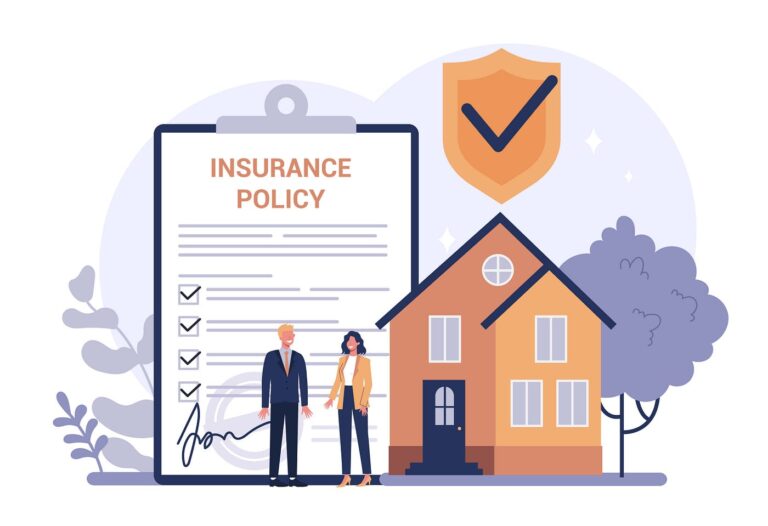The class 10 board examination is the first major hurdle for any candidate going further for future studies. It is true that you must be feeling the pressure in your nerves and to ease it down we have brought some pertinent solution for you.
Maths is indeed an Achilles heel for the majority of the students, but if you are confident enough no hindrance can stop you from scoring well. There are 15 chapters for the Mathematics syllabi and going through all of them is indeed a humongous task and our solution will help you to ease your pressure. Experts from online education, they have made chapter-wise ncert solutions for class 10 maths detailing that allows you to focus on the key areas of the chapters.
- Real Numbers- Chapter-1
Here students need to explore rational and irrational numbers. The chapter commences with Euclid’s Division Lemma. This lemma is used for calculating HCF of two positive integers. After HCF fundamental theorem of arithmetic is defined in a simple way where you need to find LCM & HCF relating to a couple of positive integers. Now you need to study the concept of an irrational number and rational number followed by decimal expansion of rational numbers that are explained in detail with the help of a theorem.
- Polynomials- Chapter-2
Here the chapter commences with a definition of degree of polynomial along with linear equation, quadratic polynomial, and cubic polynomial. The chapter consists of four exercises along with an optional exercise. The solutions that we have made are tailored to find zeros of a polynomial is the ideal solution for quadratic polynomials.
- Pair of linear equations in a couple of variables- Chapter-3
In this chapter, you will come to know about concepts and pair of linear equations in two variables. The chapter consists of seven exercises and varied methods of solving have been designed. We have curated the solutions in such a manner that you find the task easy and seamless. In the optional exercise, you will find a plethora of questions and if the candidates are curating these problems they are surely one step ahead of the others.
- Quadratic equation- Chapter-4
Students here will get to know the standard form of writing a quadratic equation. In the chapter is ideal to help the candidates know the methods of solving a quadratic equation. We have tried and ensured that the task for the students becomes easier and they find simple methods to solve the problem in a quick period.
- Arithmetic progression- Chapter-5
This part consists of four exercises and students will find across questions that are related to representing a situation in the respective form of AP. In the second part of the chapter, students will find across a question to find the nth term of an AP using.
- Triangles- Chapter-6
Here students will study all those figures which are having the same shape but not necessarily a similar size. Triangles are considered to be the key chapters and there are numerous sub-topics involved in it. Our experts have tried and solved quite a few problems that will surely help you to crack your examination.
- Coordinate Geometry- Chapter-7
Students will learn about finding across the distance between a couple of points whose coordinates are already been given. You need to find the area of the triangle formed by three given points. Students will also study the areas which help them to find coordinates. To solve all these purposes students will get an opportunity to get introduced to distance formula.
- Introducing Trigonometry- Chapter-8
We have drafted everything according to your needs and all the solutions relating to trigonometry are designed in a structured manner. The chapter defines the trigonometric ratios. The chapter defines the trigonometric ratios for angles of o degree and 90 degrees. Here the students will come across areas to find heights and distances of varied objects. They will get introduced to the terms like that of sight along with the angle of elevation.
- Some more applications of Trigonometry- Chapter-9
It is a continuation of the previous chapter and here students will study the application of trigonometry. Trigonometry is one such application that is used extensively for maps in geography and navigational purpose.
- Circles- Chapter- 10
One needs to understand the total concepts of tangents along with secant and number of a tangent right from a particular point to a given circle and more with an oriented solution. Learn about the relevance of the radius, diameter along with centre while going through the topic of the circle in a detailed manner.
- Constructions- Chapter-11
In this chapter, there is a total of two exercises. Remember whatever you have learnt in the previous chapters will come into consideration. In the first chapters, students will get to know how to divide a line segment followed by the study of the construction of tangents in the next chapter. The methods and approaches explained and a few examples which are ordinarily given will make the sections more transparent.
- Areas related to circles- chapter-12
The chapter commences with concepts relating to the perimeter and respective area of a circle. Further, the chapter explains how to find the area of a particular sector and segment of a particular region. Students will get the transparent idea to find areas of a combination of plane figures involving circles or some of their parts.
- Surface areas & Volumes- Chapter-13
This part is of mensuration, and our experts will help you to find a solution for each problem through specified guidelines formulated by our experts. Read our guidelines in detail and find across a solution to all major problems.
- Statistics along with probability Chapter- 14-15
From the statistics part, students will learn several ungrouped data and also get to learn to mean median and mode. You will get to know the concept of cumulative frequency. In the last chapter, you will learn the theoretical approach of probability and get to learn the difference between experimental probability and theoretical probability.





